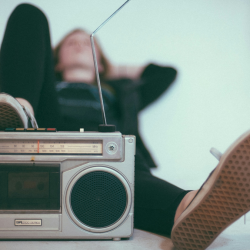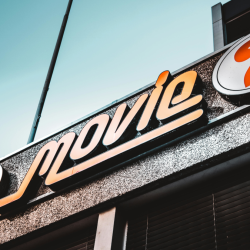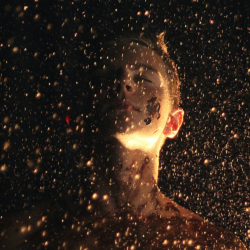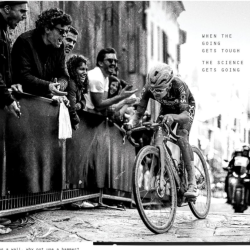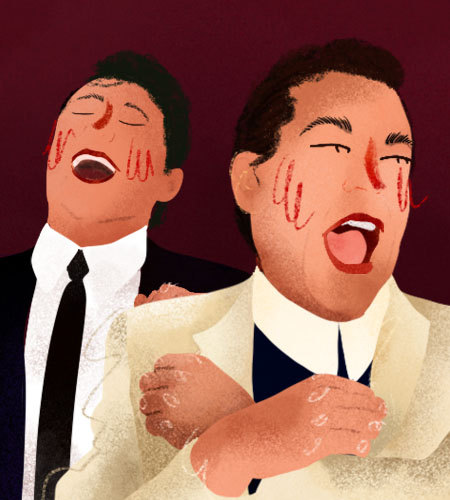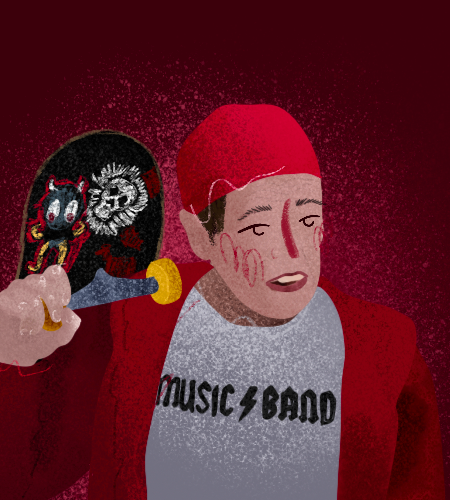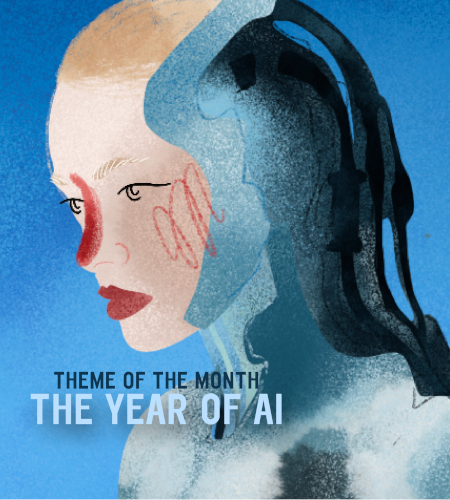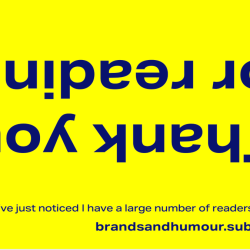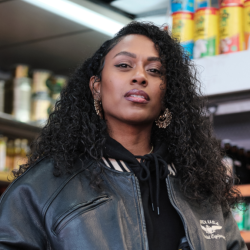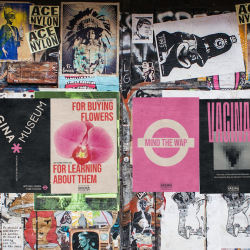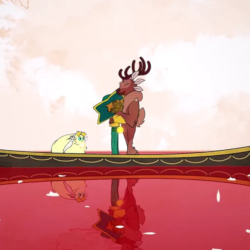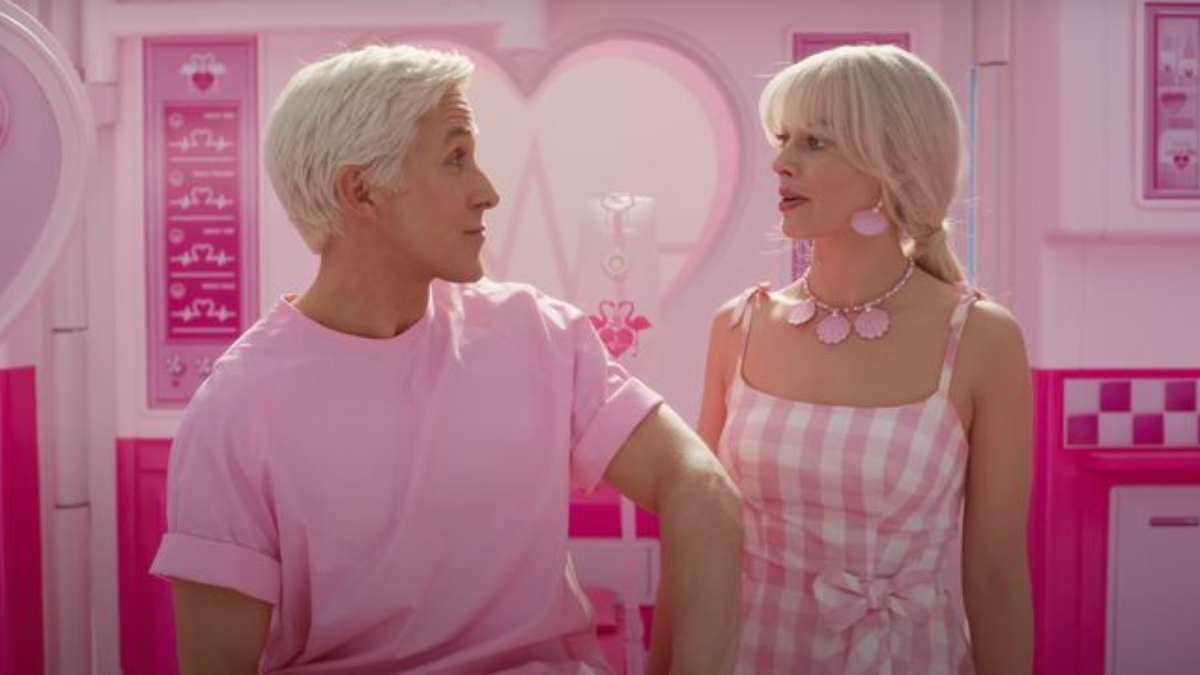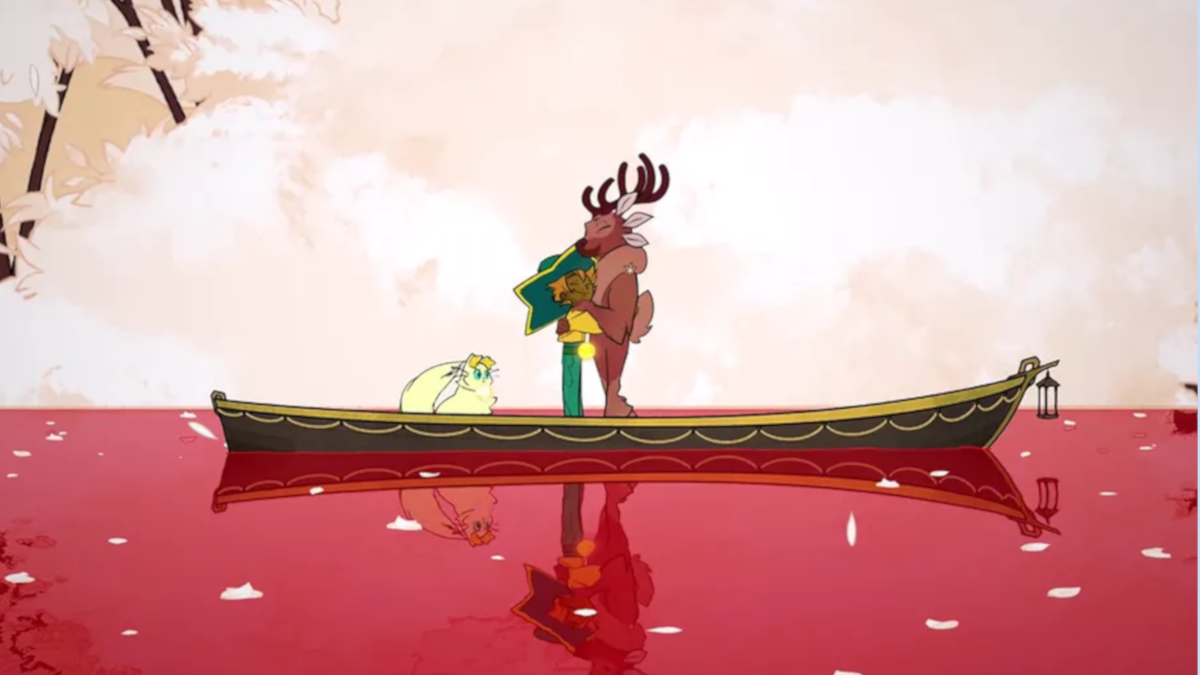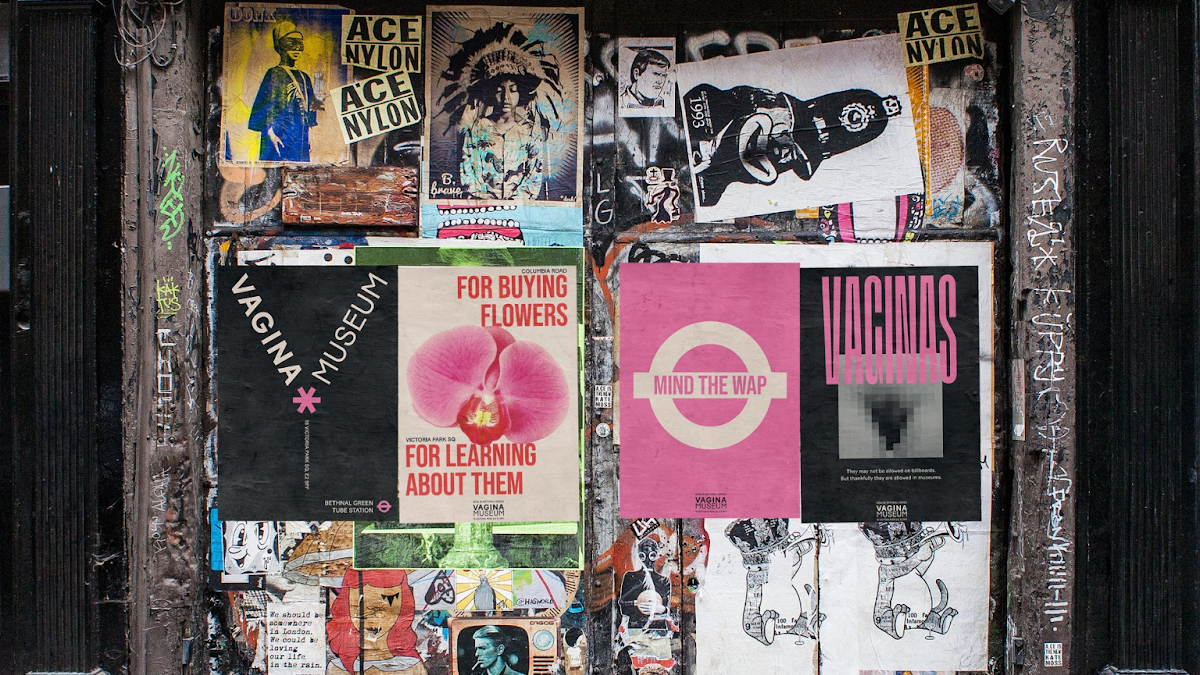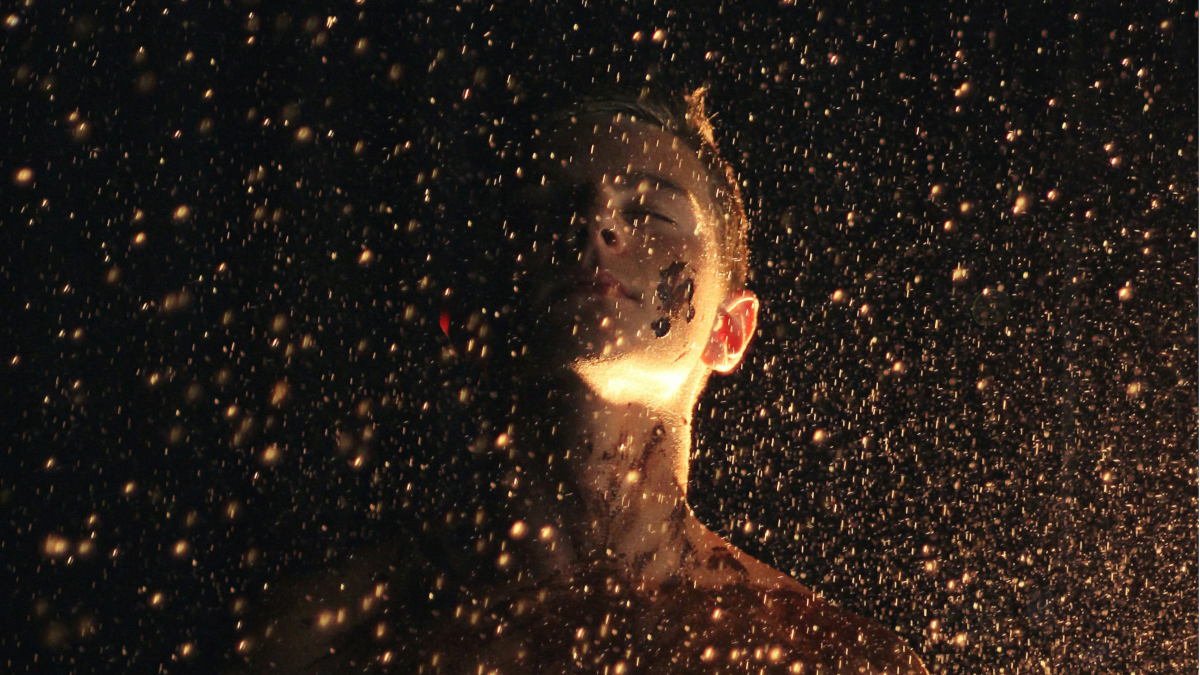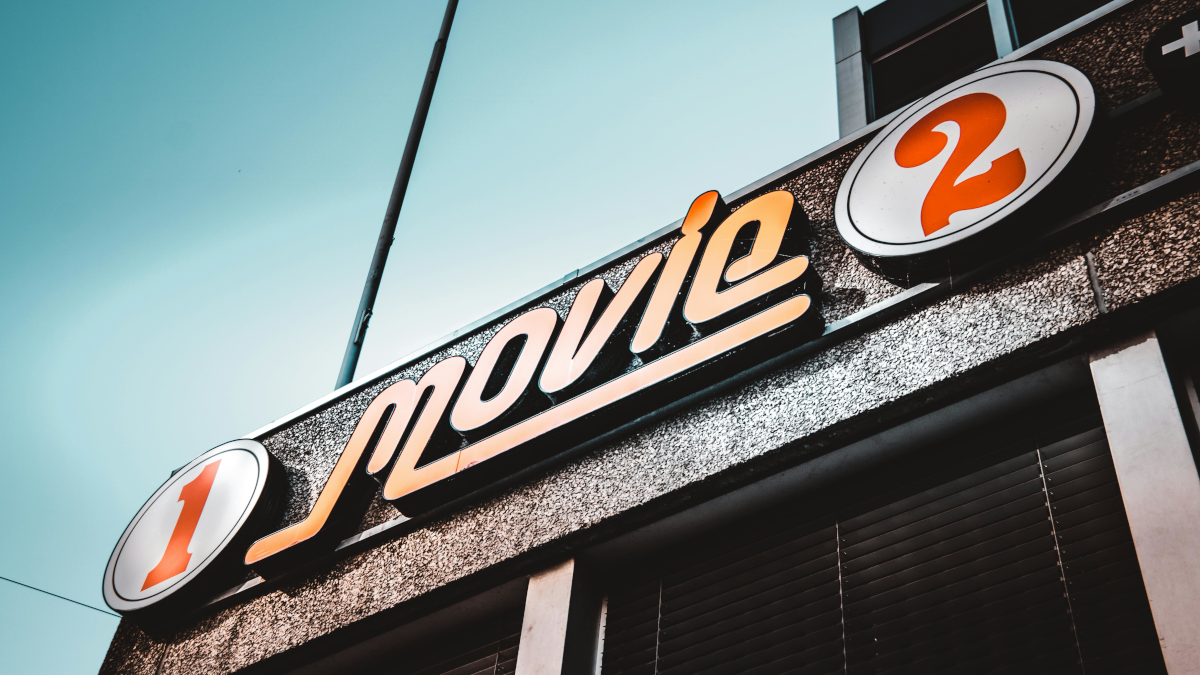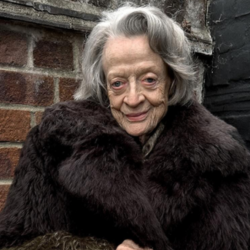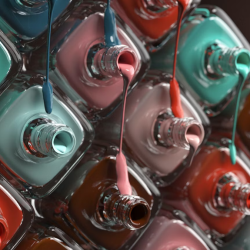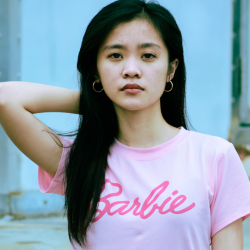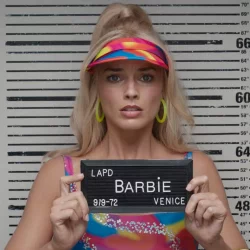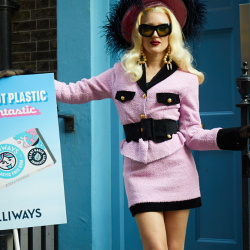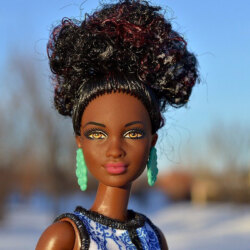None of us have any real idea what the Barbie movie is about. The trailer reveals almost nothing of the plot. It’s sold on its iconic characters and the colour pink — used all over every piece of marketing, from clothes to houses to reworked Oppenheimer/‘Barbenheimer’ posters. So much so that it reportedly caused a global shortage of a particular shade of pink paint.
This pink invokes nostalgia for the Barbie toys we played with as children, but it’s also visually linked to several key cultural movements and moments in the last 30 years, connecting Barbie to everyone.
As the tagline says: ‘She’s everything, he’s just Ken’.
Feminist ‘chick flicks’ and high school icons
The ’70s introduced the girl gang, with Grease’s tough Pink Ladies. Key among them was Rizzo, with her defiant anthem ‘There are worse things I could do / Than go with a boy or two‘.

The ’80s gave us Dirty Dancing’s pink logo and dress, and a heroine who goes out of her way to help a stranger have an abortion so she can keep her job.
The ’90s gave us Clueless, an unapologetic love letter to femininity, fashion and female friendships.
The ’00s exploded with iconic pink women. The Mean Girls decreed ‘on Wednesdays we wear pink‘. Legally Blonde’s Elle Woods aced law school despite experiencing sexism and sexual harassment, winning her case dressed head to toe in pink, her ‘signature shade‘. Princess Mia Thermopolis wore a pink Chanel-style tweed suit while repealing sexist laws in Princess Diaries 2. In 10 Things I Hate About You, Bianca Stratford punched a bully, breaking his nose, then carried on dancing in a poofy pink prom dress.



For every generation, there have been iconic pink-clad women defying societal norms and creating iconic, quotable moments. Barbie is in herself an icon, but she is also connected to highly impactful movies from all of our youths.
Women’s rights, LGBT+ rights and acts of resistance
Before the rainbow Pride flag, in the ’80s the pink triangle was reclaimed and used as a symbol of LGBT+ solidarity and resistance (and is still used today).
In the ’90s pink became the symbol for breast Cancer Awareness, breaking the taboo and encouraging people to recognise and discuss it.
In the ’00s Pussy Riot wore pink balaclavas, which then became ‘pussy hats’ in the 2017 marches for women’s rights (though these have since become less popular because of the implication that only people with a ‘pussy’ are women).
In 2018 Janelle Monae released Pynk, an explicit queer anthem, with a video featuring iconic pink vulva/vagina trousers.
Pink is part of the transgender pride flag, today flown at marches around the world calling for trans rights, which are central to culture wars across the UK and US.


Barbie’s pink is not just a fun ‘femme’ colour. It is connected to defiant femininity and/or queerness in the face of oppression and marginalisation. It is an emblem of free self-expression, and safety in numbers. It is joyful, but also angry, frustrated, free.
Instagram aesthetics and joyful maximalism
In the 2010s every design trends deck featured ‘millennial pink’. Rose quartz was Pantone’s 2016 colour of the year. Glossier won Instagram marketing with #glossierpink. EL&N Cafés across London are full of millennial photographers capturing fluffy cakes in pink interiors, leaving boring grey minimalism behind.
For younger generations, ‘tumblr pink’ followed after Instagram’s ‘millennial pink’. On TikTok we see people creating all-pink kawaii aesthetic home office setups, and K-pop band BLACKPINK have sold out shows in the US and Europe until 2024.
Barbie’s pink allows us to instantly connect to an aesthetic we’re familiar with and can (re)create easily for social media. We’re building our coordinated Barbie cinema outfits and organising pink-themed parties. It’s the aesthetic event of the year.



Barbie wins branding
Every brand wants an instantly recognisable motif, colour, logo. Brand activation meetings centre around the issue — what can we ‘own’. What is unmistakably ours?
The Barbie movie has used pink as its central marketing tool, but pink doesn’t just belong to Barbie. On a traditional level it is ‘for girls’, but it has been reclaimed, revised, used as a statement of feminism, defiant femininity, personal growth, wellness, even rage. Multiple groups and subcultures have used bright pink to mean something real and personal, from in-jokes to statements of resistance.
It’s no wonder that the movie is expected to be the smash hit of the summer, when superhero/action franchise blockbusters like The Flash and Indiana Jones and the Dial Of Destiny have reportedly bombed. Barbie is fresh, Barbie is femme, but most importantly, Barbie is for everyone.
Featured image: Margot Robbie and Ryan Gosling as Barbie and (just) Ken
